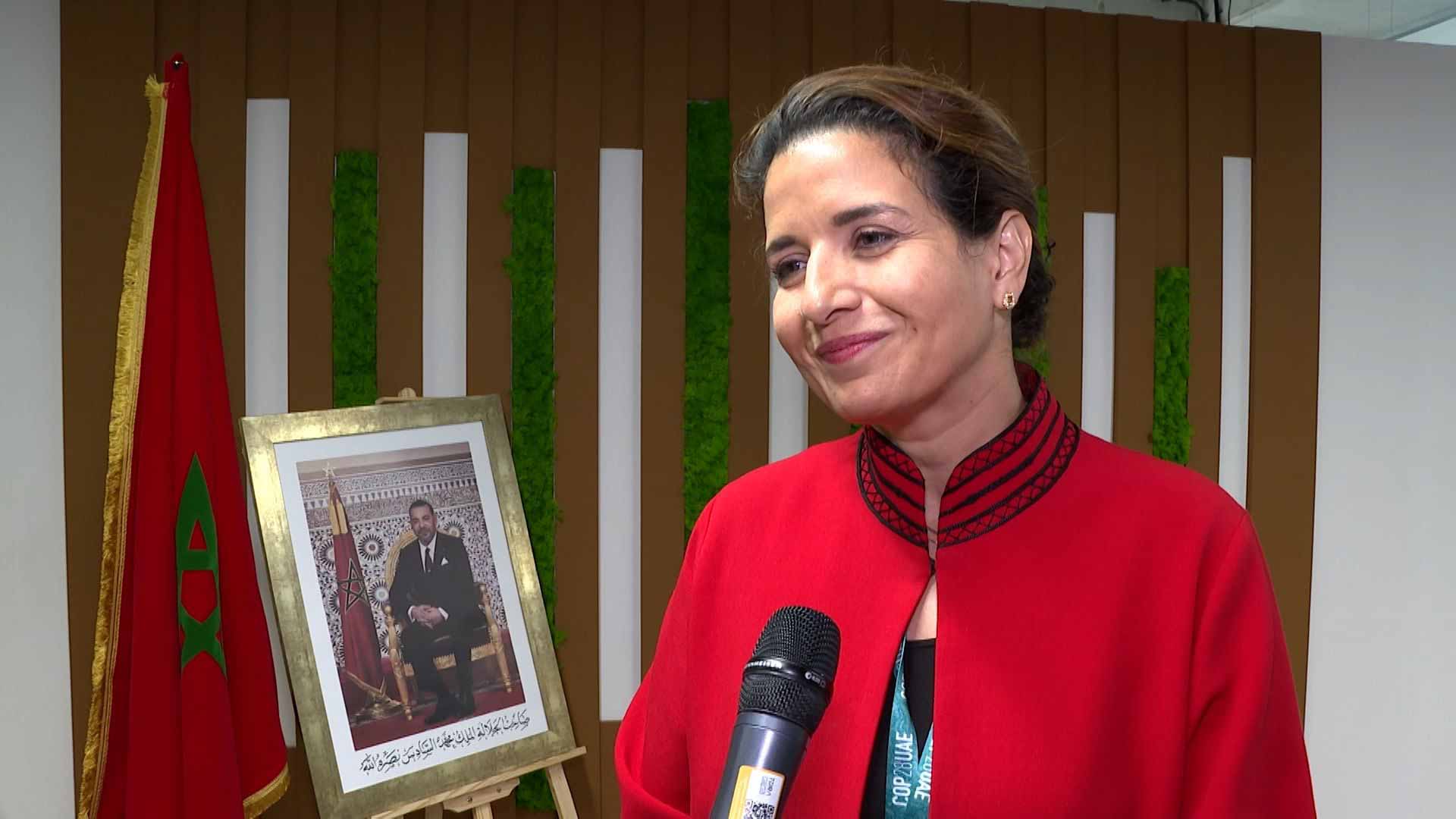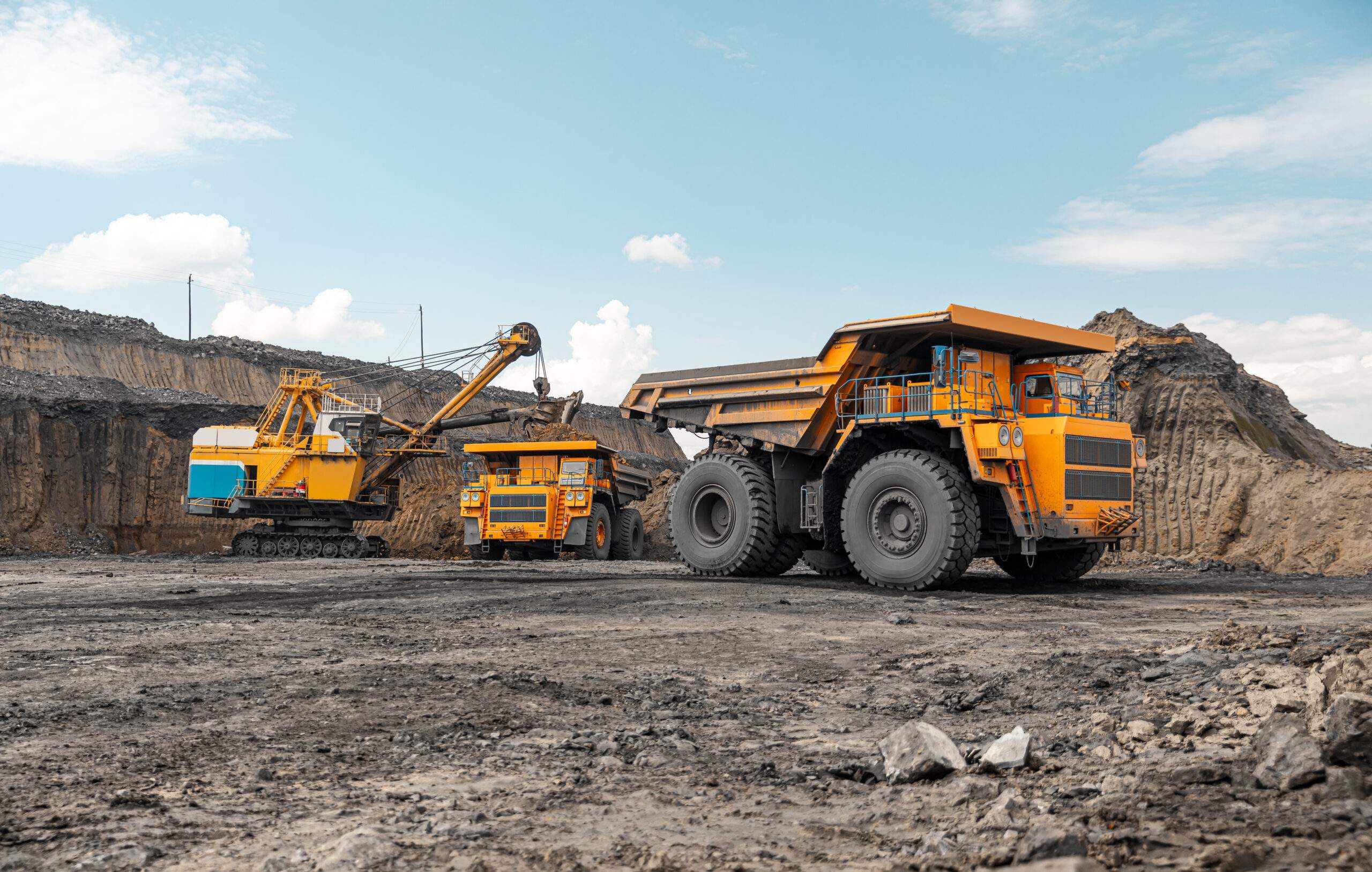Top 10: Mineral Producing Countries in Africa
Africa is one the world’s richest minerals sources. Here we look at its biggest mining nations, including South Africa, Nigeria, Algeria, Angola and Libya
South Africa, Nigeria, Algeria, Angola and Libya produce more than two-thirds of Africa’s mineral wealth, according to a recent Economist Intelligence Unit report.
Here are the top 10 mineral producing countries in Africa.
10: Zimbabwe
Zimbabwe’s mining sector is highly diversified, with close to 40 different minerals, and the predominant minerals include platinum, chrome, gold, coal, and diamonds, which are mainly found in the Chiadzwa area of Manicaland.
Annual minerals production: $9,767mn
09: Gabon
Gabon has the second largest deposit of manganese in the world and is currently the world’s third largest producer. The upper-middle-income country on the western coast of Africa also produces iron ore, uranium and gold among other minerals.
Annual minerals production: $10,920mn
08: Democratic Republic of Congo
The DRC contains untapped gold, diamonds, cobalt and high-grade copper reserves – but equally significant security risks accentuated by a lack of robust infrastructure.
Annual minerals production: $13,688mn
07: Ghana
Alongside gold, Ghana is also endowed with deposits of iron ore, limestone, columbite-tantalite, feldspar, quartz and salt, and there are also minor deposits of ilmenite, magnetite and rutile.
Annual minerals production: $14,970mn
06: Egypt
Egypt is home to a wealth of mineral resources including gold, copper, silver, zinc, platinum and a number of other precious and base metals. These resources all lie beneath Egypt’s Eastern Desert and the Sinai Peninsula.
Annual minerals production: $23,225mn
05: Libya
The mining of raw materials is limited mainly to industrial minerals such as clay, cement, salt and limestone. Other mineral reserves consist of potash in the Sirte Desert, magnetite, phosphate rock, and sulfur.
Annual minerals production: $27,027mn
04: Angola
Angola is the third largest producer of diamonds in Africa and has only explored 40% of the diamond-rich territory within the country. Gold and oil are other important revenue drivers in the Angolan economy.
Annual minerals production: $32,042mn
03: Algeria
Algeria remains mainly underexplored as regards non-hydrocarbons mineral deposits, pointing to major potential opportunities in the mining sector. It is also eyeing opportunities to become a regional hub for hydrogen production.
Annual minerals production: $38,699mn
02: Nigeria
The revenues start to jump as we enter ‘the big two’ in African mining. Alongside its plentiful oil reserves, Nigeria boasts gold, columbite, wolframite, tantalite, bitumen, iron ore and uranium. Incredibly, mining industry remains vastly underdeveloped however – and only accounts for 0.3% of the country’s GDP, indicating huge opportunities in the years ahead.
Annual minerals production: $52,678mn
01: South Africa
Sitting comfortably at the top of the continent’s minerals pile is South Africa.
Alongside its 35 gold mines, it produces abundant coal, diamonds, iron ore and chromium. What’s more, it also contains the world’s largest reserves of manganese and platinum group metals.
Despite all the positive omens, mining companies are in a tough operating environment with high levels of crime, expensive and irregular electricity supply and logistical bottlenecks on rail and ports – and there is a backlog of around 4,000 mining and exploration permits.
Annual minerals production: $124,963mn
Share this content:














